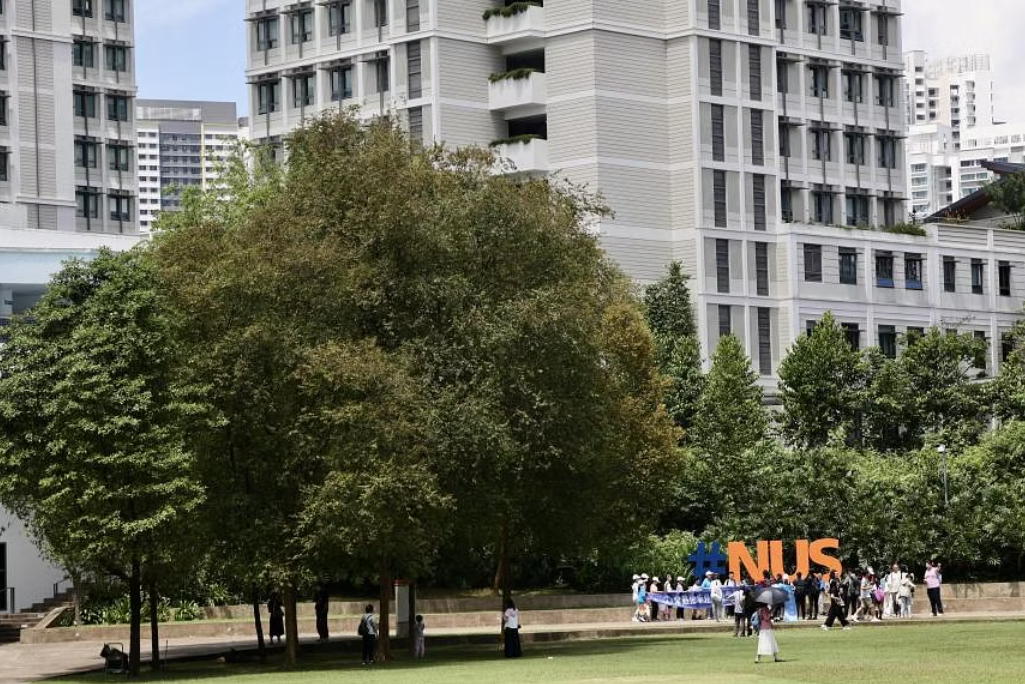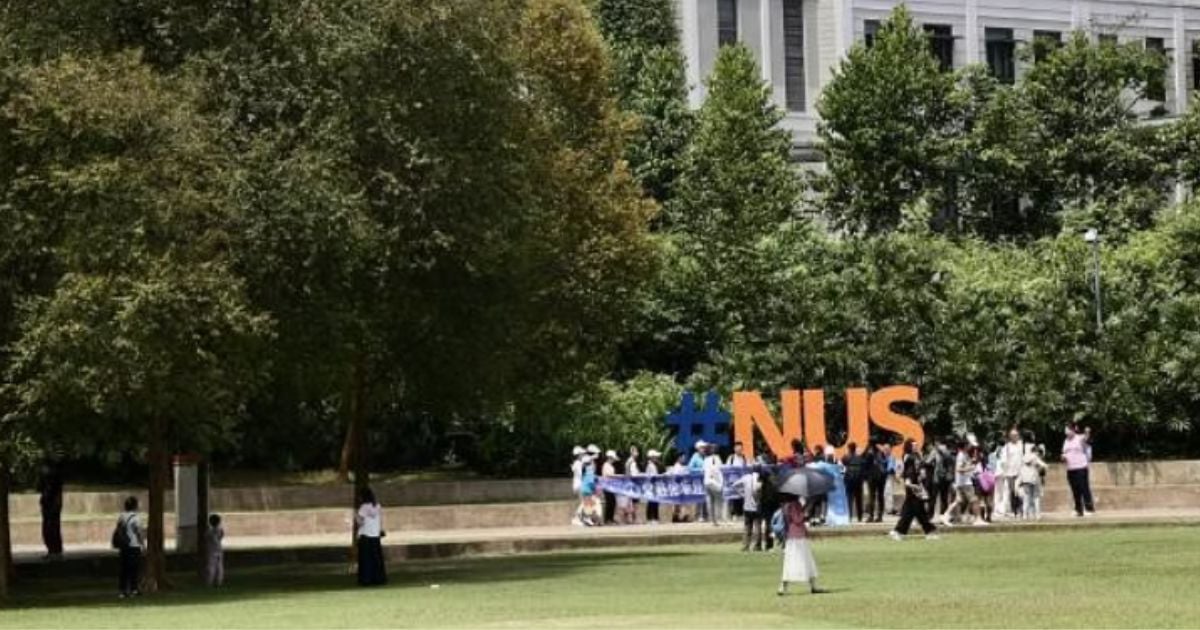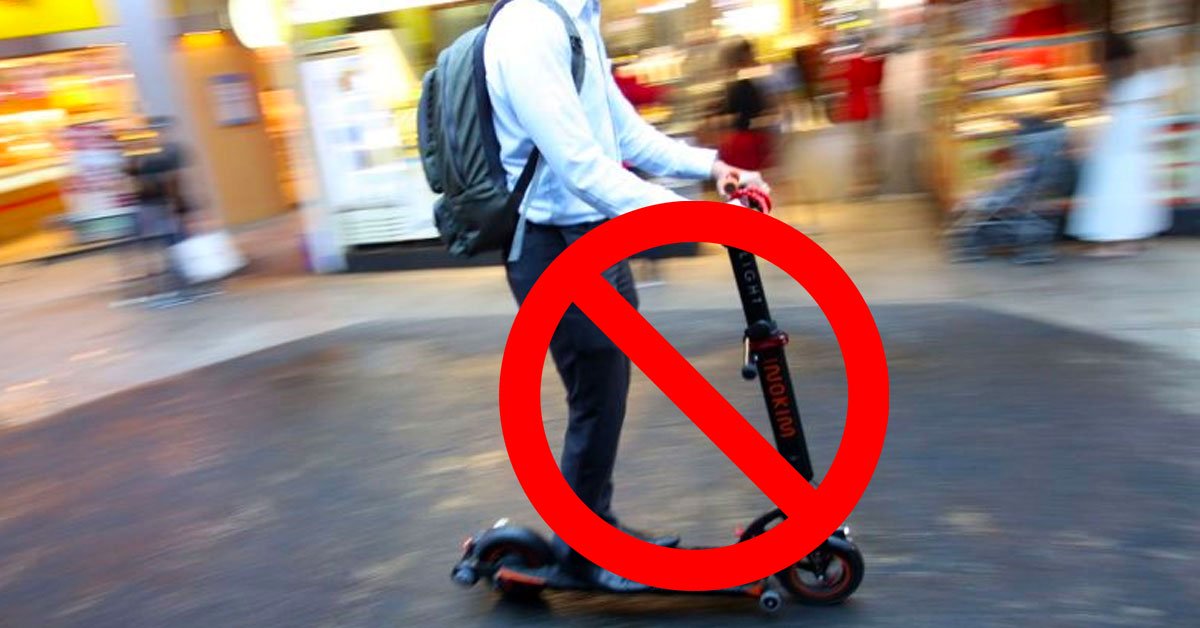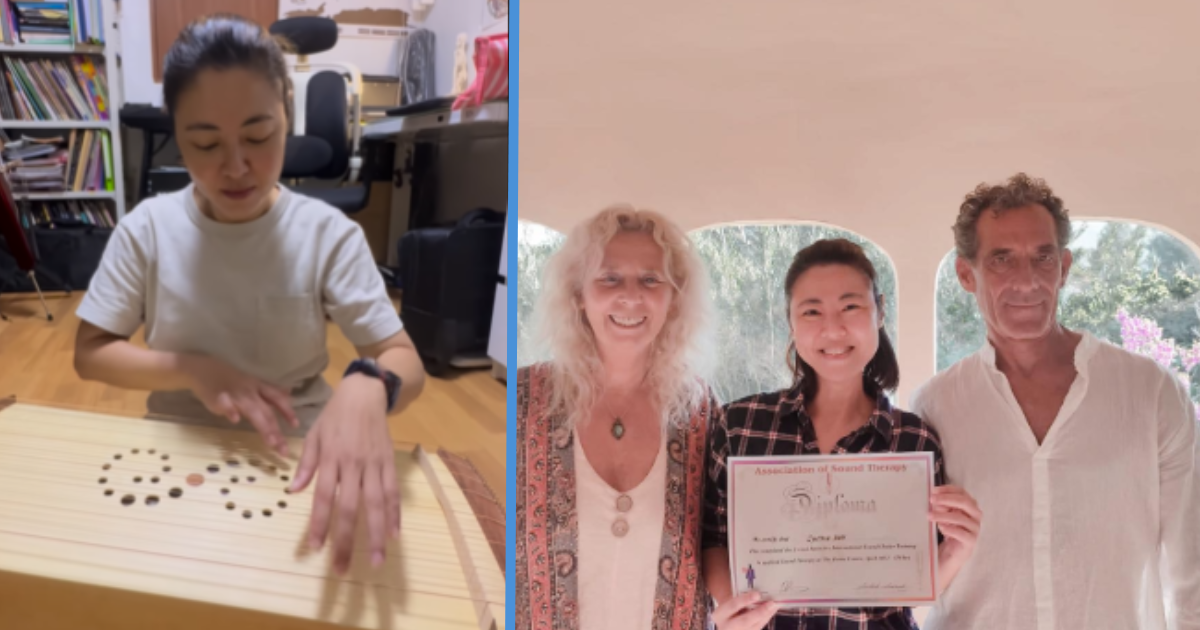When you think of “universities in Singapore”, the National University of Singapore and the Nanyang Technological University are often the first two you will think of.
These two universities are both consistently ranked among the global top 15 in the QS World University Rankings. This year, NUS and NTU placed 8th and 26th respectively.
In 2023, NUS and NTU placed 11th and 19th respectively, and in 2022, they placed 11th and 12th respectively.
With these two universities being such popular choices among students, it’s no surprise that there are a number of tourists who want to check the campuses out.
Getting a look at the campus, facilities, and atmosphere at you or your child’s potential future university is an exciting experience for many, just like how many tourists enjoy getting a look at Oxford University or Harvard University when on holiday.
However, there’s one problem – Singapore isn’t as big as the UK or the US.
NTU and NUS, being 200 and 150 hectares respectfully, are about one-third to one-quarter the size of Oxford University (537 hectares) and about one-tenth the size of Harvard University (2054 hectares).
Due to the smaller sizes of our local campuses, tourist visitation tends to be disruptive.
The Problem
In recent weeks, students from both NUS and NTU have complained about packed campus shuttle buses and canteens, having to queue for extended periods of time to use toilets, and large crowds of tourists who take up seats meant for students around the campuses and leave a mess behind.
Imagine being late for class because you’ve already missed two shuttle buses that were packed with tourists. Yikes.
Tourists come in “busloads” and flock to popular spots to take photos, disrupting the peace on campus.

Students have mentioned that due to the influx of visitors on campus, they’re struggling to find a quiet space to study or even find food. Some have even complained about tourists who are all too happy to take photos, making students feel like they’re “zoo animals”.
After students aired their frustrations online, the two universities looked into how to mitigate this problem.
NTU’s Response
NTU said that the needs of their students come first and they acknowledged that having too many visitors on campus would be disruptive for students.
Hence, they announced that they will be charging an entry fee for visitors. Time slots for approved group sizes will be allocated to registered tours.
Visitor groups will only have access to designated public areas, and groups that do not have prior approval will be turned away by security personnel.
NTU said that members of the public should use SBS Transit buses instead of shuttle buses intended for the NTU community.
NTU also mentioned that they will be deploying more security personnel across campus and increasing the frequency of cleaning at essential facilities. Fees collected from visitors will be used to fund this.
Many netizens have applauded the move, saying that money earned from this can be used to improve facilities and offer more bursaries.
However, there are also netizens who say that this fee is powerless in stopping eager tourists who are already willingly paying for airfare, accommodations, and tour packages.
Mr Law Yock Song, head of partnerships and business development at Tribe Tours, is of the view that visitors want to visit these universities to “inspire school-going children to aspire to strive hard and gain admission into the school”.
He recognised that the cultural nuances driving the desire to visit educational institutes “remain deeply rooted” and that determining whether fees would affect these visits is challenging.
In contrast to NTU’s fee, NUS said that as an “open campus”, they will not be charging a fee.
NUS said that it is a “privilege to be able to welcome visitors – locally and from abroad – who share in [their] mission and are interested to learn more about the university.”
Simultaneously, they acknowledge that “ensuring a conducive environment for the best learning experience of [their] students, preserving campus vibrancy for an immersive student life, and keeping [their] facilities such as laboratories and classrooms safe and secure are important priorities.”
NUS will be introducing a pop-up visitor centre and a guided walk programme for visiting tourists. This initiative aims to provide a meaningful and informative experience while regulating visitor traffic.
Their walking tours, which will be led by trained student guides, will be curated to help visitors “understand [their] rich heritage and campus life”.
The new visitor programme will be up from late July 2024.
Until then, NUS said it will consult stakeholders and individuals in the NUS community, including student leaders and its student union.
NUS will also contact travel agencies to discuss operational details like tour registration, visitor routes and other arrangements.
Some netizens have said that this initiative will not be effective in addressing the root problem of having too many visitors because even if they do follow student guides, they will still be eating in the same places as NUS students and taking the same buses.
While some believe NUS should adopt NTU’s method and charge a fee, some are glad that NUS will remain free to visit so that young prospective students can visit and learn more about NUS’ campus and culture.
Since educational institutes in Singapore are not promoted as tourist attractions, the large volume of visitors simply shows how reputable and respected NUS and NTU are.
One netizen even joked that the two universities are sSuffering from success.”
Whether the two universities’ approaches will work will be unveiled in the months to come.



